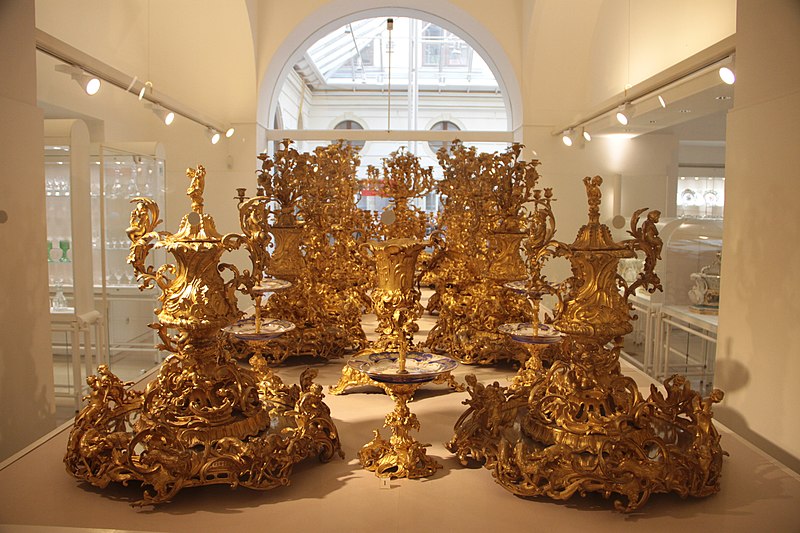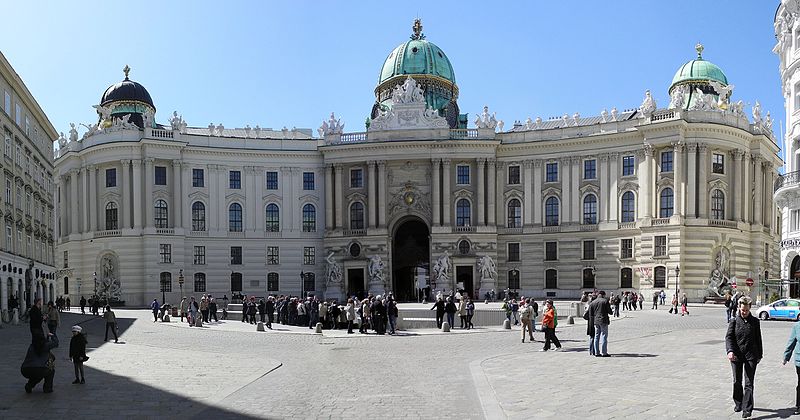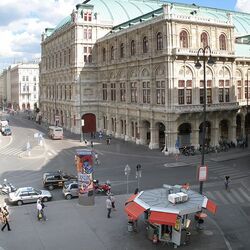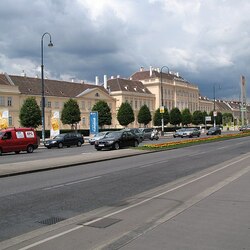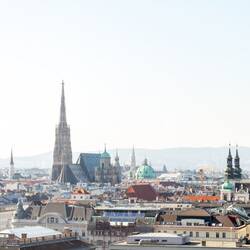Hofburg Palace
The real pearl of Austria is the architectural Hofburg palace complex. It is one of the largest palaces in the world. In the form that visitors can see it now, it was not created immediately, but was built over several centuries. The main palace of the Austrian Empire, although it is associated with the era of the Habsburg dynasty, its age is much more respectable.
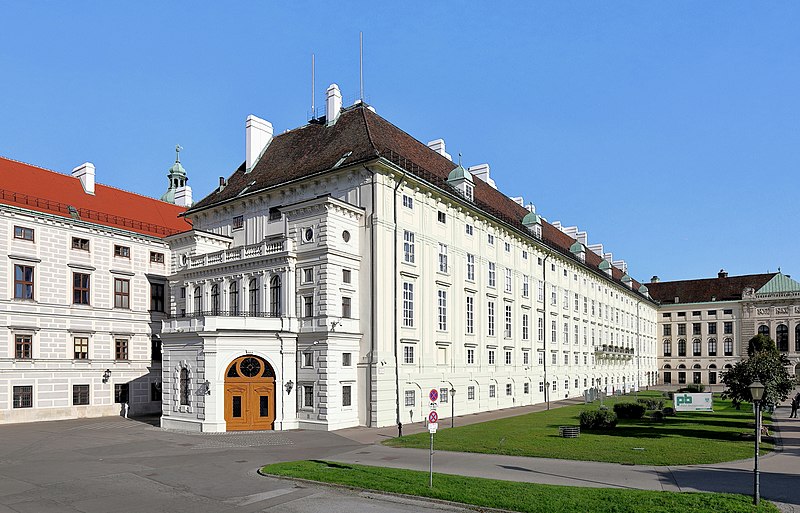
The history of the palace
The history of the Hofburg Palace began in the Middle Ages, when at the end of the 13th century it began to be built on the site of a small castle. Since then, some changes have been made to it, and new premises have been completed by each of the rulers of Austria. This is how you can see the architectural history of styles that have changed over the course of 7 centuries. The palace is attractive because of its mix of styles: Gothic, Renaissance, Baroque, Rococo, Empire, and elements of classicism. This is truly a collection of architectural ensembles that were built by the best craftsmen from the 13th to the 19th centuries. For about 600 years, the Hofburg served as the winter residence of the powerful Habsburg monarch dynasty. Significant historical events took place here.
After the overthrow of the monarchical system in 1918, the complex became the property of the state, Now the building serves as the official representative office of the Austrian president, and other government offices are located here. The other part is open as museums where you can touch the history and see the richest expositions. The Hofburg has become a gigantic palace complex that can be called a city within a city.

The entire Hofburg Palace complex covers an area of 240,000 square meters. It has 19 courtyards (which house the Vienna Riding School, library, chapel, etc.), 18 buildings, and 2,600 rooms. The court chapel is located in one of the oldest parts of the palace, the Royal chapel, built in the 13th century. At Sunday services, the famous Vienna Boys' Choir, which was founded 400 years ago and has about 100 members, can be heard singing here. The tours include 3 tour options: visits to the Imperial Apartments, the Elizabeth of Bavaria Museum (Sisi), and the Silver Collection. Each of the excursions can be visited separately, or included in one comprehensive tour.
The Imperial Apartments
Practically nothing has changed inside since the days when Franz Josef and his wife walked around the palace. There are 24 rooms here. The main objects of the apartment include a dining room decorated with paintings by Flemish masters depicting the exploits of Hercules, and a round room decorated with elegant tapestries. In the audience hall of the Emperor's reception, a large audience, you can see a luxurious chandelier made of Bohemian Czech transparent crystal. She creates a play of light with jewelry made of gold and precious stones. In the emperor's study there is a bust of the Austrian court commander Joseph Radetzky, who visits the emperor at any time, without an appointment.
The Sisi Museum
Sisi was called Elizabeth of Bavaria in narrow circles. The museum was opened in 2005, to mark the 150th anniversary of her wedding to Emperor Franz Joseph I. There are 19 halls and guest rooms dedicated to her, in which the Empress's personal belongings are displayed: her dresses for special events, casual outfits, cosmetics, jewelry, hats, hair accessories, chic fans, lace gloves, umbrellas, and more. Here you can see the Empress's fateful outfits: the dresses in which she arrived in Austria, the outfit in which she was crowned, and a replica of the black dress in which the Empress was dressed on the day of her death.
The Silver Chamber
A rich collection of silver, gold, porcelain, and glass tableware is assembled here.. These dishes served the table of the Austrian emperors and the richest tables during the receptions of guests. Everything presented here was made in the most famous European manufactories. And although the collection is called a silver collection, there is not much silver here, since in those days silver coins were in use. Therefore, metal was used for other purposes more than in tableware. But there is a lot of gold here. In addition to dishes and glasses made of crystal glass, made of various grindings, the museum exhibits samples of washbasins made of white with gold finish of Bohemian porcelain.
The Treasury
The Treasury occupies a special place in the oldest part of the Hofburg. Priceless exhibits are kept in 21 rooms. It is one of the richest collections in the world. Family jewels of the House of Habsburg dynasty, symbols of imperial power, religious artifacts and much more are on display here. Among them: the sword of Charlemagne, imperial crowns, antique keys for ceremonies, the cradle of Napoleon's son, jewelry of Elizabeth of Bavaria, a coronation dress, a fragment of the tablecloth from the Last Supper, a coronation handwritten Gospel. Within the walls of the palace complex you can visit the Library, the Spanish Riding School, the court kitchen, a collection of ancient musical instruments, the armory and much more. For those who love history, it is absolutely necessary to visit this place. This is an excursion into the historical past of the Hofburg, an immersion in the romantic atmosphere of the 19th century.
